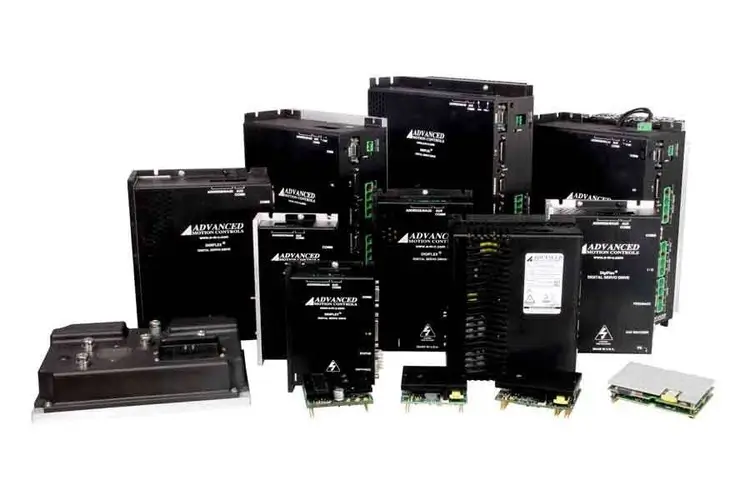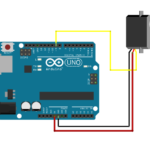Servo drives are fundamental components in modern automation and control systems, boasting capabilities that could potentially enhance energy efficiency across various industries. This article delves into how these devices operate, their energy-saving features, and the real-world impact they have on reducing energy consumption.
Servo drives, integral to the functionality of servo systems, are used to control precision motion in various applications, from robotics to manufacturing lines. Their primary role is to accurately manage the position, speed, and torque of a servo motor. Given the increasing emphasis on sustainability and cost-efficiency, the potential of servo drives to cut energy use is a topic garnering significant attention.
How Do Servo Drives Operate?
Servo drives function by adjusting the power sent to the motor to achieve the desired motion control. Key components and functions include:
- Power Amplifier: Converts low-power control signals into high-power current and voltage to drive the motor.
- Feedback System: Uses sensors to provide real-time data back to the drive, ensuring movements are accurate.
- Control Unit: Processes input commands and sensor data to precisely control the motor’s motion.
Can Servo Drives Reduce Energy Consumption?
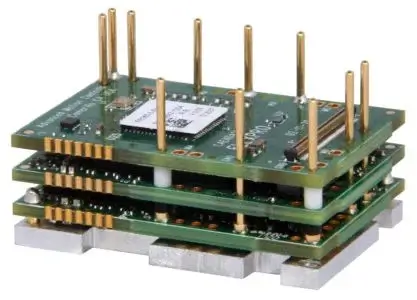
The ability of servo drives to enhance energy efficiency lies in their precision and adaptability in operation. Several factors influence their energy-saving capabilities:
What Factors Affect Energy Efficiency in Servo Drives?
- Drive Size: Proper sizing of drives to applications ensures no energy is wasted on underutilized capacity.
- Motor Type: The type of motor controlled by the servo can vary in efficiency, affecting overall energy usage.
- Control Algorithms: Advanced algorithms can optimize energy use by reducing unnecessary torque and speed.
The Role of Motor Efficiency
Motor efficiency is crucial, as more efficient motors require less energy to produce the same output, directly impacting the effectiveness of energy use in servo-driven systems.
Enhanced Efficiency Technologies
Servo drive manufacturers, such as Advanced Motion Control, are increasingly integrating advanced technologies to enhance the efficiency of servo drives. This includes the use of high-efficiency motors, optimized control algorithms that minimize energy wastage, and regenerative power capabilities that can recapture energy during braking or deceleration phases.
What Are the Energy Saving Features of Modern Servo Drives?
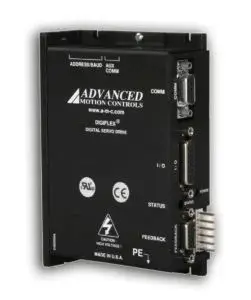
Modern servo drives incorporate various technologies aimed at reducing energy consumption:
- Regenerative Braking Systems: Convert kinetic energy from motor deceleration into electrical energy, which can be reused or returned to the power grid.
- Energy-efficient Motor Designs: Motors designed for maximum efficiency under typical operational loads.
- Advanced Control Techniques: Algorithms that optimize performance based on real-time data, reducing unnecessary energy usage.
Comparing Servo Drives with Traditional Drive Systems
When compared to traditional drive systems, servo drives offer enhanced efficiency through precision control and advanced features:
Energy Consumption Metrics
Servo drives generally show better energy metrics due to their ability to precisely control power usage based on demand.
Operational Cost Analysis
Although the initial cost might be higher, the operational costs of servo drives can be lower due to reduced energy consumption and maintenance needs.
Environmental Impact Considerations
The reduced energy usage of servo drives contributes to lower carbon emissions, aligning with environmental sustainability goals.
Step-by-Step Guide: Implementing Energy Efficient Servo Drives
Integrating energy-efficient servo drives involves several key steps:
Selection of the Right Servo Drive
Choose a drive that matches the specific needs of the application, considering factors like load, speed, and precision requirements.
Installation Tips
Ensure proper installation to avoid inefficiencies related to misalignment or incorrect wiring.
Tuning and Optimization
Fine-tune the drive settings to match the application’s operating conditions for optimal energy use.
Case Studies: Energy Savings Achieved Using Servo Drives
Examples from various industries demonstrate the effectiveness of servo drives in energy conservation:
Automotive Industry
Implementation of servo drives in automated assembly lines has significantly reduced energy costs.
Packaging Industry
Servo drives have enabled more efficient machine operations, cutting energy use and reducing waste.
Robotics Applications
In robotics, servo drives contribute to energy-efficient operation, particularly in precision tasks that demand high reliability.
Challenges and Limitations of Servo Drives in Energy Reduction
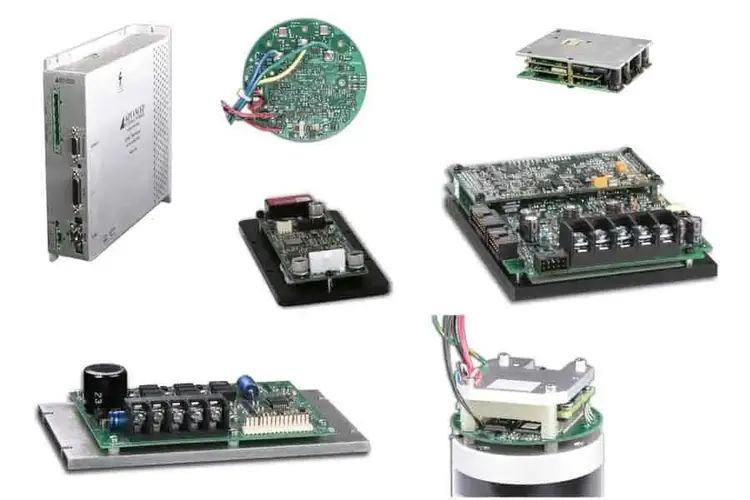
While beneficial, there are challenges to the widespread adoption of servo drives:
- Initial Costs: Higher upfront investment compared to traditional systems.
- Technical Compatibility: Integration issues with existing equipment.
- Maintenance Requirements: Advanced systems may require specialized maintenance.
Future of Energy Efficiency in Servo Drives
Ongoing research is likely to yield further improvements in servo drive technology, enhancing their efficiency and adaptability. Anticipated advancements include more refined control algorithms and improvements in motor design technologies.
Conclusion
Servo drives play a critical role in promoting energy efficiency in various industrial applications. With ongoing advancements and increasing implementation, they offer a promising avenue for energy conservation, aligning with global energy efficiency goals and contributing to more sustainable industrial practices.
